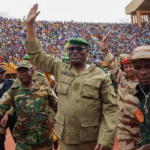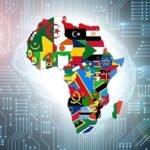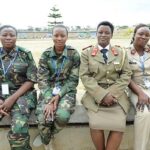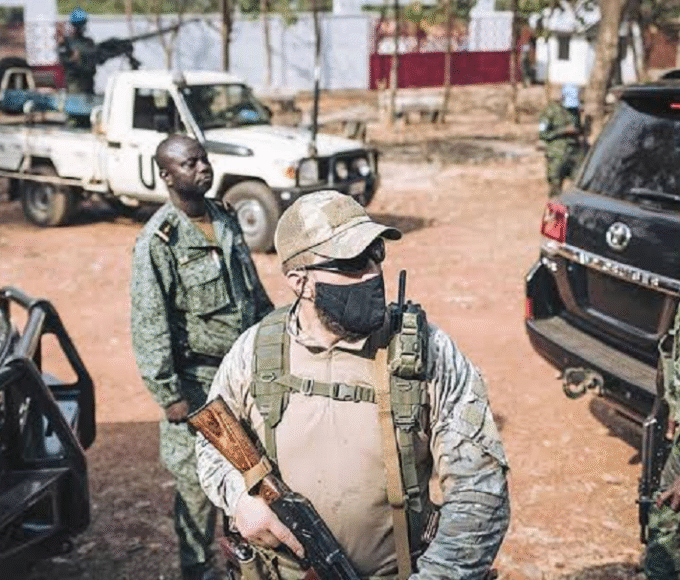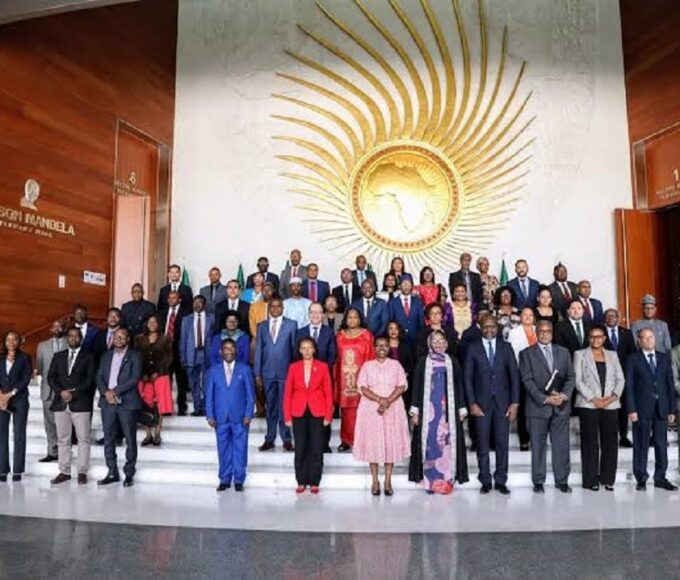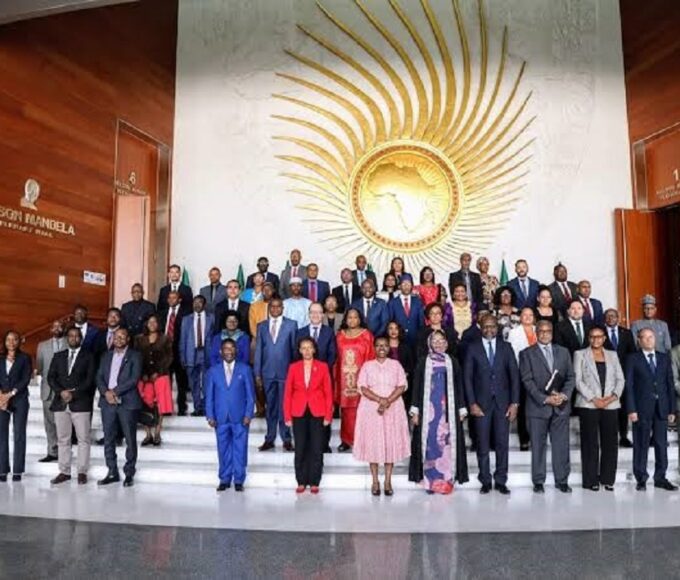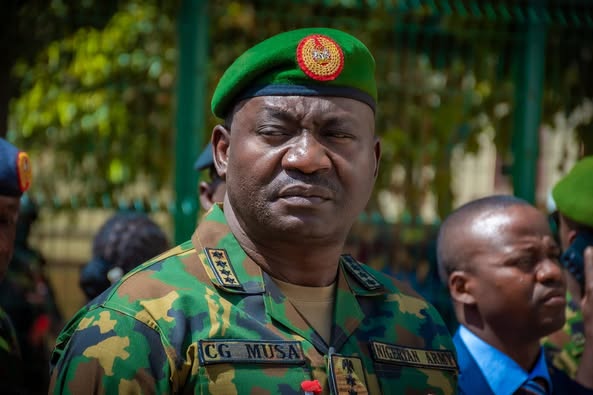Orphans of War: Rebuilding Lives After Conflict in Africa
The plight of war orphans and displaced children in Africa is a stark reminder of the enduring impact of conflict on the continent's future.

In the wake of armed conflicts, children often bear the brunt of the devastation, emerging as the most vulnerable and affected demographic. According to the United Nations High Commissioner for Refugees (UNHCR), by mid-2024, over 122.6 million people worldwide were forcibly displaced due to war, persecution, and violence. Children make up more than 40% of this number, with at least 43 million of them displaced globally. In Africa alone, more than 16.2 million children are internally displaced by conflict and violence, according to UNICEF’s 2024 report.
The African continent, marked by chronic instability in regions like the Sahel, the Horn of Africa, and Central Africa, continues to experience a disproportionate share of the world’s displacement crises. With nations such as Sudan, the Democratic Republic of Congo (DRC), Nigeria, and Somalia experiencing prolonged conflicts, the number of orphaned and unaccompanied minors continues to swell. In Sudan, where civil conflict re-erupted in 2023, at least 4.2 million children have been displaced internally, while thousands more have sought refuge in neighbouring countries like Chad, Egypt, and South Sudan. These children are not only stripped of their homes but of their futures.
Despite the staggering numbers, Africa has demonstrated remarkable resilience and commitment to addressing the plight of displaced children. Governments, regional bodies like the African Union (AU), and international partners are increasingly implementing innovative and sustainable strategies aimed at rebuilding lives and reintegrating orphaned children into society.
In Sudan, where the humanitarian situation has deteriorated dramatically due to conflict, organisations like UNICEF and Médecins Sans Frontières (MSF) have remained on the frontlines. In 2024 alone, UNICEF reached 9.8 million people with access to safe drinking water, screened 6.7 million children for malnutrition, and provided treatment for over 422,000 children. Additionally, 2.7 million children and carers received psychosocial support, an essential service for children who have witnessed trauma.
In Northern Nigeria, where Boko Haram and ISWAP insurgencies have displaced over 2.2 million people in the northeast, the government and international NGOs have rolled out programmes focused on deradicalisation, rehabilitation, and reintegration of child victims. Notably, the Bulumkutu Rehabilitation Centre in Maiduguri has helped more than 2,000 former child combatants transition into mainstream society through vocational training and education.
The Invisible Wounds
Beyond physical displacement, the psychological toll on orphaned and displaced children is profound. In conflict zones, children are exposed to traumatic events like murder, sexual violence, and destruction of their homes that leave enduring mental scars. These experiences often result in anxiety, depression, and post-traumatic stress disorder (PTSD), hampering the child’s emotional development and long-term well-being.
According to the World Health Organisation (WHO), more than one in five people in conflict-affected areas experience a mental health disorder. For children, this risk is even higher. In South Sudan, where conflict and famine have displaced over two million children, research from Save the Children indicates that 76% of children have exhibited signs of severe psychological distress. These include insomnia, nightmares, bedwetting, and detachment from social interactions.
Programs like War Child Holland’s psychosocial support workshops, which operate in DRC and Uganda, have provided safe spaces for children to express trauma through art, music, and group therapy. Such community-based models are essential to helping war orphans heal and regain a sense of agency.
Education: A Lost Lifeline
Education serves as a critical stabilising force for children affected by conflict, offering a sense of normalcy and hope for the future. Yet, in many African countries, war has decimated the education infrastructure. In Sudan, over 19 million children are currently out of school, with hundreds of schools destroyed or repurposed as shelters for internally displaced persons.
In the Tigray region of Ethiopia, civil war has shuttered over 1,500 schools, affecting more than 1.3 million children. The government, with support from UNESCO and the Global Partnership for Education, has launched mobile classroom initiatives and accelerated learning programmes to catch up students who have missed years of schooling. In Uganda, one of the continent’s most progressive refugee-hosting nations, the inclusion of refugee children in public schools has become a model for education reform.
Health and Nutrition: A Crisis Within a Crisis
The health and nutritional status of displaced children in Africa is a growing concern. In conflict zones, children face a triple threat: hunger, disease, and lack of medical care. In Sudan, nearly 9.5 million children lack access to safe drinking water, and 3.4 million children under five are at high risk of diarrhoeal diseases and cholera. More than 2,000 children have died since April 2023 due to preventable diseases in displacement camps, where overcrowding and inadequate sanitation exacerbate health risks.
In the DRC, over one million children are at risk of acute malnutrition. In 2024, the World Food Programme (WFP) and UNICEF scaled up nutritional interventions with therapeutic foods and health care services. Similarly, in Mali and Burkina Faso, countries grappling with both climate change and armed insurgencies, health services are being supplemented by mobile clinics supported by the International Committee of the Red Cross (ICRC).
From Crisis to Recovery
In Somalia, one of the world’s longest-running humanitarian crises, more than 5.5 million children remain in need of humanitarian assistance. However, the government, with funding from the EU and support from UNICEF, has begun implementing the “Children Affected by Armed Conflict (CAAC)” framework. This includes tracing and reuniting children with family members, legal protection for child combatants, and vocational skills training for teenagers who lost years of education.
In Rwanda, the government’s post-genocide model of child rehabilitation continues to inspire regional frameworks. The Imbuto Foundation, led by First Lady Jeannette Kagame, runs programmes that provide holistic care for orphans, focusing on emotional healing, educational support, and leadership development. Thousands of children who survived the 1994 genocide have grown into educated, productive citizens contributing to Rwanda’s socio-economic transformation.
Community-Based Solutions
The future of orphaned and displaced children depends largely on local communities. In places like Uganda and Tanzania, community child protection committees, supported by Save the Children and Plan International, identify vulnerable children, ensure they attend school, and liaise with local authorities for additional support. These grassroots solutions are vital to sustainable child protection.
Furthermore, African-led initiatives like the African Child Policy Forum (ACPF) are pushing for greater continental accountability in the protection of children. In 2023, the ACPF released a Child-Friendliness Index ranking African governments based on their legislative, budgetary, and service delivery commitments to child welfare. Countries like Mauritius, Tunisia, and South Africa topped the list, setting a standard for others to emulate.
A Call to Action
The plight of war orphans and displaced children in Africa is a stark reminder of the enduring impact of conflict on the continent’s future. However, amid the devastation lies a story of hope, resilience, and action. Governments, communities, and international organisations have stepped up to protect and rebuild the lives of the continent’s most vulnerable.
To sustain and scale these efforts, more investment is required in trauma-informed care, inclusive education systems, and healthcare infrastructure tailored to the needs of displaced children. The African Union’s Agenda 2063 must prioritise children’s rights and post-conflict rehabilitation to achieve long-term peace and prosperity.
As the world marks World Refugee Day and other global observances, let us remember that every orphaned child is not just a victim of war but a potential agent of peace if given the chance to heal, learn, and grow.
Recent Posts
Categories
- Air & Aerospace15
- Border Security14
- Civil Security3
- Civil Wars4
- Crisis4
- Cyber Security4
- Defense15
- Diplomacy17
- Entrepreneurship1
- Events5
- Global Security Watch6
- Industry6
- Land & Army7
- Leadership & Training3
- Military Aviation2
- Military History27
- Military Speeches1
- Naval & Maritime8
- Resources1
- Security12
- Special Forces1
- Systems And Technology8
- Tech6
- Uncategorized3
- UNSC1
- Veterans6
- Women in Defence9
Related Articles
RUSSIA’S WAGNER LEGACY IN AFRICA POST-PRIGOZHIN
In the diamond fields of the Central African Republic, Yevgeny Prigozhin’s shadow...
ByKing Richard Igimoh, Group Editor ALOOctober 1, 2025AFRICAN UNION SECURITY SUMMIT CONCLUDES WITH BOLD PLEDGES ON PEACE, REFORM, AND GLOBAL EQUITY
The 38th Ordinary Session of the African Union (AU) Assembly in Addis...
ByKing Richard Igimoh, Group Editor ALOSeptember 29, 2025AFRICAN UNION SECURITY SUMMIT CONCLUDES WITH BOLD PLEDGES ON PEACE, REFORM, AND GLOBAL EQUITY
The 38th Ordinary Session of the African Union (AU) Assembly in Addis...
ByKing Richard Igimoh, Group Editor ALOSeptember 26, 2025General Musa Leads Civil-Military Reset in Nigeria
Under General Musa’s Watch, Nigeria’s Military Reimagines Civil-Military Relations at Landmark...
ByKing Richard Igimoh, Group Editor ALOJune 23, 2025

